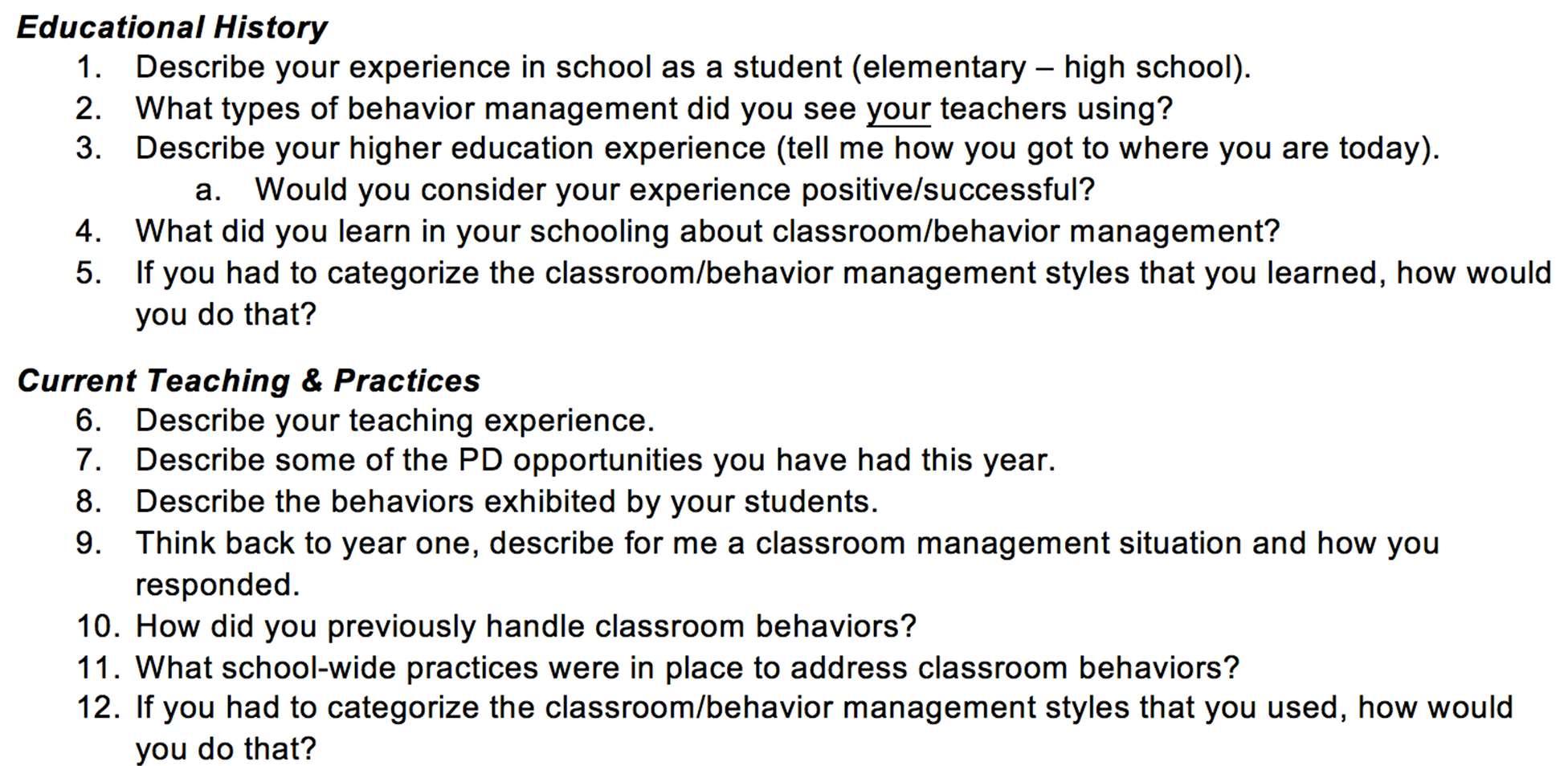
1 minute read
Publishing Process
Publishing Process PUBLISHING PROCESS
The following are the steps through which a submitted article moves from initial submission to actual publication in SPECIAL EDUCATION RESEARCH, POLICY & PRACTICE.
Advertisement
1.
2.
3.
4.
5.
6.
7. The article is submitted in Word format by the author(s) to the Editor, Dr. George Giuliani, at George.A.Giuliani@hofstra.edu
The Editor then sends an email to the author stating that the article has been received and a final answer will be given within 90 days of receipt.
The article is then placed in an online folder that holds all articles up for review.
The article is then removed of all author names, affiliations, etc. so that when it is sent out for review, it is a blind review and no peer reviewers have any indication who wrote the article or from what university it was submitted.
An email is then sent by the Editor to all members of the Editorial Board with a request to review an article. Only the title of the article is given.
Peer reviewers then email the Editor as to their interest in reviewing the specific article. A minimum of three (3) blind reviewers is selected. An email to each blind reviewer is then sent reviewing the peer review process.
The peer reviewers have 60 days from receipt to return a recommendation to the Editor.
8. Once all of the reviews have been obtained, the Editor determines whether to:
Accept, with or without editorial revisions Invite the authors to revise their manuscript to address specific concerns before a final decision is reached Reject, but indicate to the authors that further work might justify a resubmission Reject outright, typically on grounds of specialist interest, lack of novelty, insufficient conceptual advance or major technical and/or interpretational problems
9. An email with the decision (and rationale for it) is then sent to the author(s).
10. Before publication, the article is then passed through three functions: copy editing (grammar, references), proofing (typographical errors, spelling errors), and layout (creating a Microsoft Word and PDF version of the article).
153





